Teaching yoga and academics with a growth mindset
I teach yoga in a public charter elementary school, and we have lots of standards for teaching, academic requirements, and plenty of standardized test seasons.
Most of the time my Movement class is separate from all of these high standards and requirements, but at the same time it always creeps in.
I have found that it is often better to embrace the “intrusion of academics” and work with it as much as possible instead of against it.
To do this, I teach a lot of my yoga and movement with the help of books and storylines so we can focus on literacy. I also make sure to reference their academics and personal growth every day by focusing on how much they are improving and amount of effort they are putting into something new and difficult (doing yoga poses!)

This type of teaching and thinking is called Growth Mindset.
Growth mindset is “when people believe that their most basic abilities can be developed through dedication and hard work—brains and talent are just the starting point. This view creates a love of learning and a resilience that is essential for great accomplishment.” -Carol Dweck, author and professor.
I am constantly referring to my students’ growth and reminding them that every day is different.
While we do yoga, I talk about how that each day our body might be a little different.
As we continue to do the same poses every day, we get a slightly more flexible, a little at a time. Most people can’t decide to try the splits one day and do them perfectly on the first try. You have to work at it a little at a time, day by day. Then you might get closer and more flexible, and maybe one day you’ll be able to!
But it takes work, and it takes dedication.
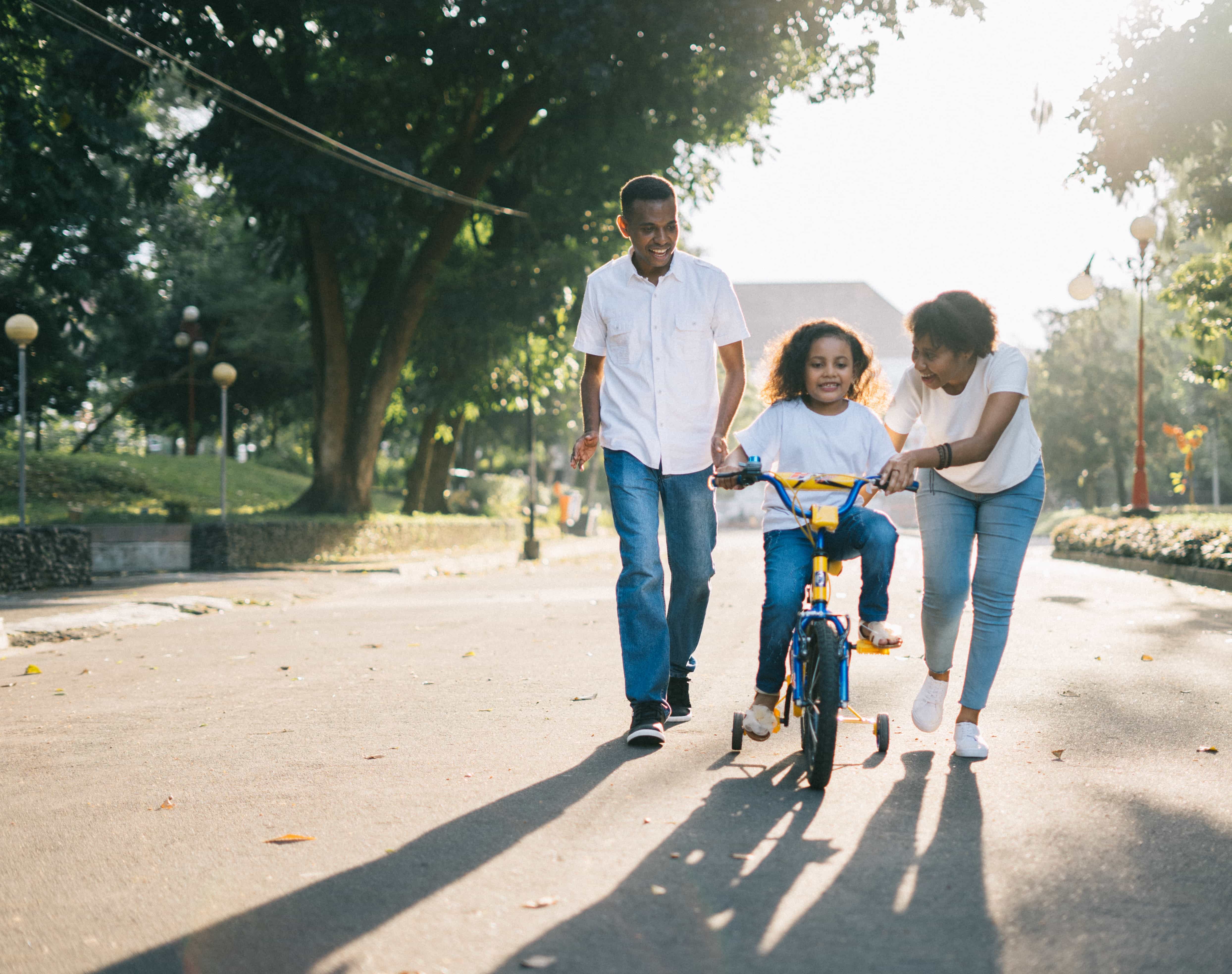
We set goals as a class or as individuals to work on specific challenging poses every day with the intention of just trying our best. They see improvement over time if they are focused and willing. It is so fun and encouraging!
We also have a clearly outlined timeline of their progress in the Yoga Flow.
- I tell them from the beginning that I will be the leader and they will be learning the poses.
- Then, after a week or so, I will lead in the same way but with fewer directions. They will know what to do, but they will need to be their own guides sometimes.
- About a week later, I start asking for other leaders. A student who feels confident can then lead the whole class through the same poses.
- Everyone else has the job of encouraging them, helping them if they get stuck, etc.
- Finally, they are all in charge of leading themselves through the Yoga Flow.
- They have a set amount of time (usually a song) and if they can do it on their own, they just do, adding in new poses if they want, going as fast or slow as they like.
It’s a great way for them to see and feel their progress learning a set of poses from knowing nothing to being their own leader.
While this is a visible way to see progress and growth, I am always reminding them that this type of learning and dedication applies to most things in life: reading, math, writing, playing soccer, learning a new game, trying new foods.
Almost nothing can be achieved without hard work, dedication, and persistence.
Around testing time, we do guided meditations where I talk them through this concept as relating to other areas of life and work. Reminding them that their hard work and their own constant striving to do better is what has led them to where they are. It will help them through the test because it reminds them to keep trying even if they feel frustrated.
We also talk about breathing strategies and simple seated stretches to do in their chairs to help their brain stay focused during longer testing periods.
Aside from using growth mindset in yoga and movement, I do occasionally teach specific academic goals for my students.
Here are some ways I help teach literacy within my yoga and movement classroom in school.
ABC Yoga
I LOVE teaching and practicing the ABCs with kids and yoga. This is best for kids ages 3-6 who are working on learning their alphabet letters and sounds.
There are so many books and sets of yoga cards that use the ABCs. My favorites are found here.
I usually start by reading them this book several times, followed by this book. We say the letter name, the sound, and the word. Then we all do the pose together.
An easy way to expand this lesson of ABC’s and Yoga is to write the alphabet on the board or a chart paper and begin filling in words that start with each letter. If they are already yoga poses, great! If not, try to come up with ones that are, or else just create a pose to match the word.
Check out this post and the FREE ABC’s of yoga poses my class created last year.
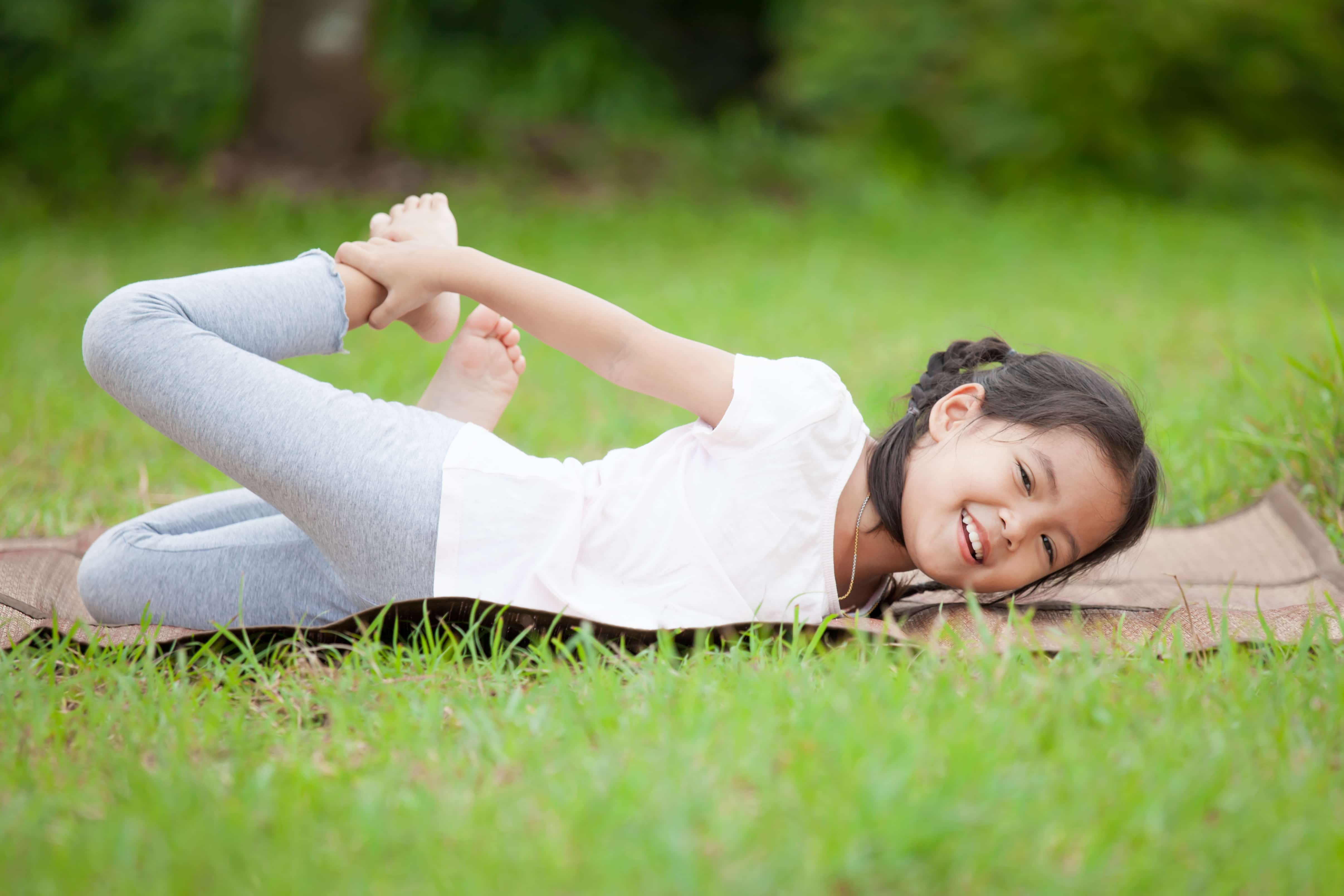
Storytelling and yoga
As many of you know, I love teaching yoga with the help of books. I frequently take a well-known story or a book and incorporate yoga poses to do along with the reading.
I start with a guiding question to ask the kids before we read. This helps them get their brain ready to listen for something specific in the plot line:
- Pay attention to how the tree is feeling throughout the story (the Giving Tree)
- Why is the book called “Not a Box?”
- What types of things does the little girl need to draw on her journey (Journey)
Then we read the story and add in the poses that go along with the characters, setting, or objects in the story. They are often animal poses, nature poses, or transportation poses.
Here are some excellent books to read with students and add in some related yoga poses:
- The Giving Tree
- Not a Box
- The Mitten
- Follow the Drinking Gourd
- I Want My Hat Back
- Commotion in the Ocean
- Giraffes Can’t Dance
- My Many Colored Days
- Journey.
- Quest
- Return
Once you have read the book, it helps to go back through and do the poses again while either looking at the pages or summarizing the story. You can do the summarizing as the teacher or parent, but eventually encourage the kids to re-tell the story in their own words. This is super helpful for their memory building skills.
Another way to keep the literacy focus going is to encourage kids to retell a story (a popular folktale or movie) only using yoga poses. My younger students love to do this in groups and have one person be the “narrator” while the others are the “actors”. It’s super cute and helps them when they are working on their summarization skills.
They can also start to make up their own stories! Give them a task to create a story and write the characters, setting, and at least 5 plot points. Each plot point could have a corresponding yoga pose so that they end up with a sequence of 5 poses in their story.
Try adding in these sight word coloring pages for an added mindfulness art activity with your youngest readers.
Teaching Yoga and Math with a growth mindset
Yoga and math activities
Yoga can also be an excellent way to work on a variety of math skills. Here are some ways to review skills that students might be working on in their other classes.
Yoga math shapes
Create shapes with your body! Some of these can be done on your own, some of them are best done with one or more partner.
Triangle (Triangle pose)
Half circle (Wheel pose)
Crescent (Crescent moon pose)
Square (Table top pose)
Circle (Partner crescent moon)
Rectangle (Reverse table top)
Parallelogram (Savasana next to a partner)
Star (Star pose)
Diamond (Butterfly pose, or partner seated wide legged forward fold)
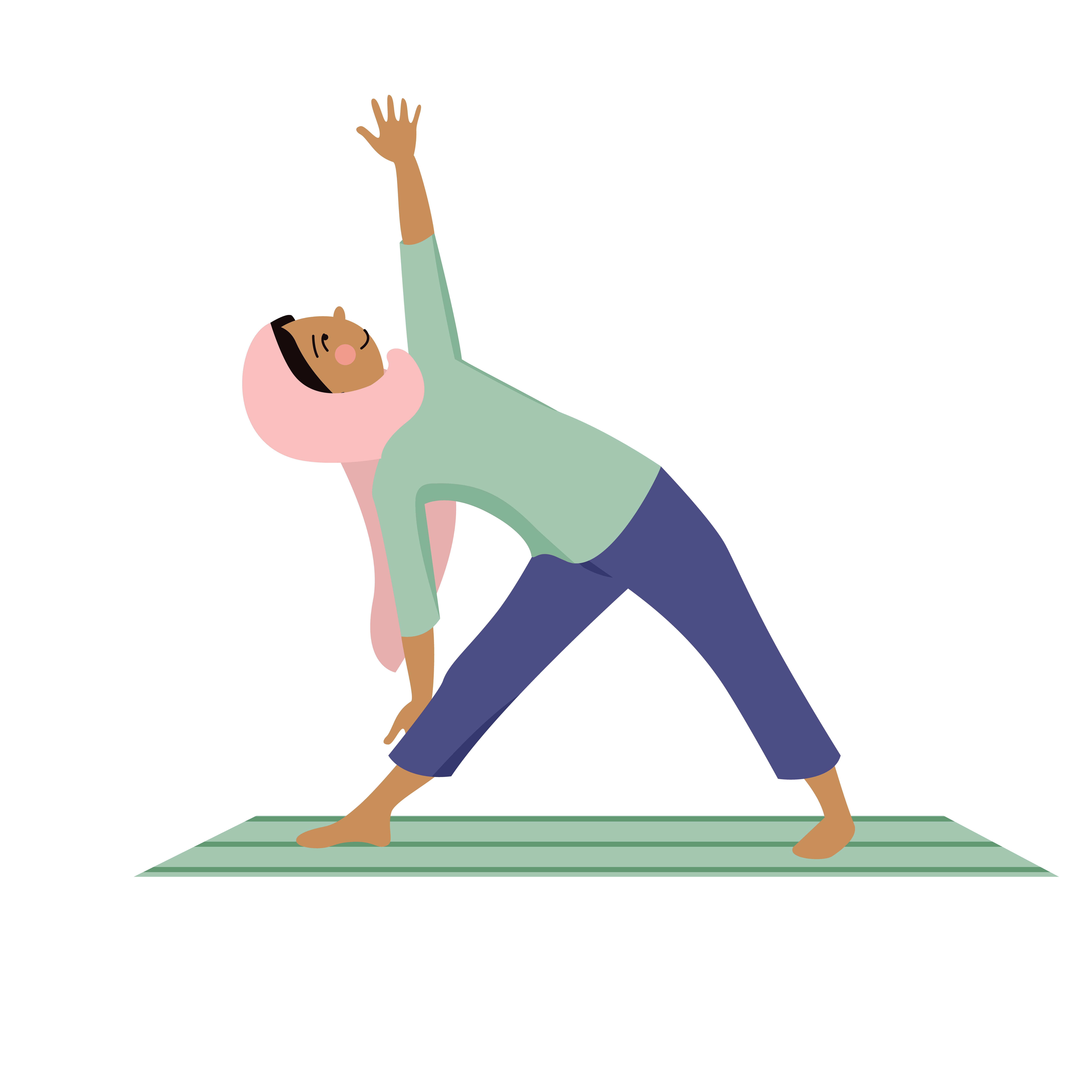
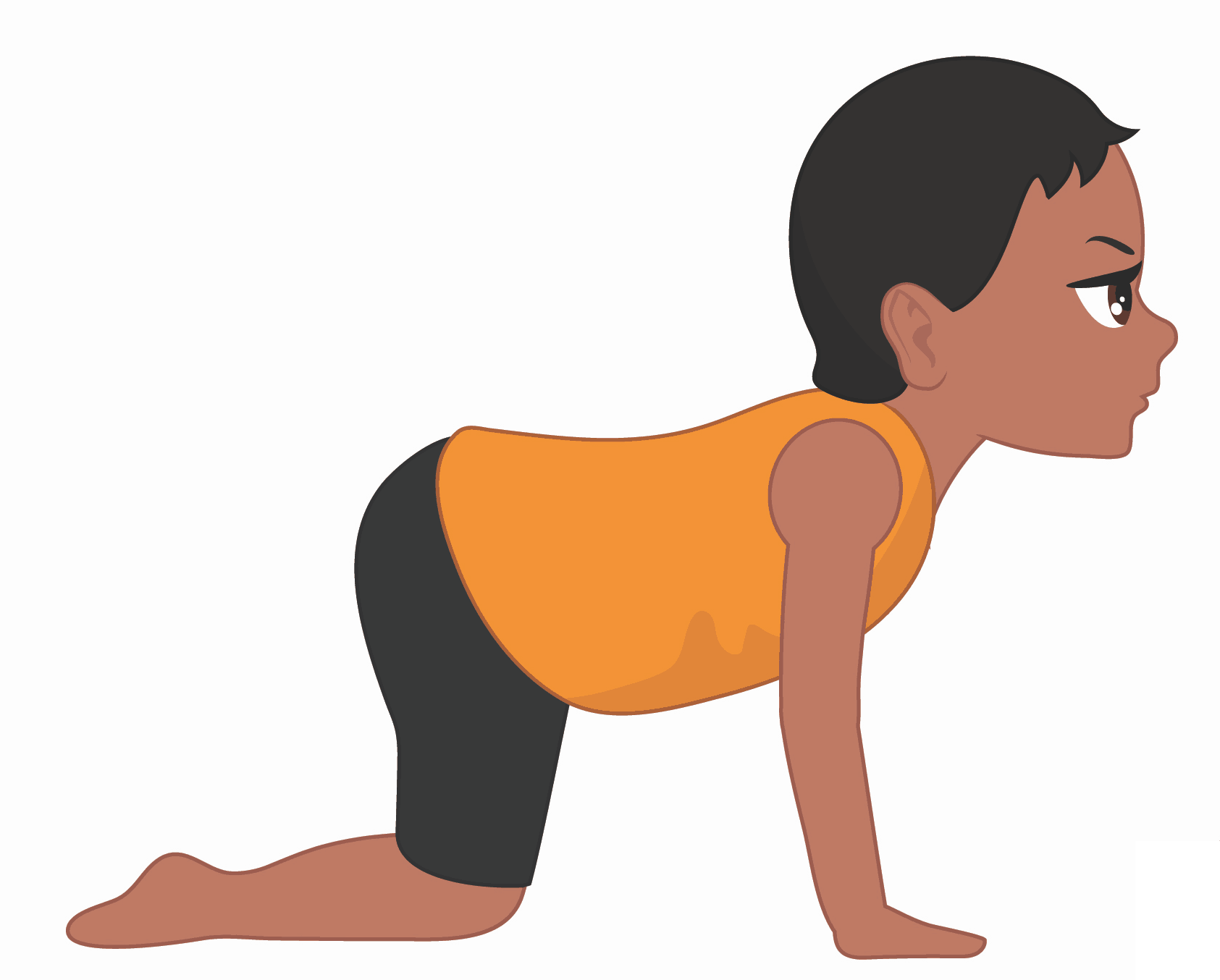
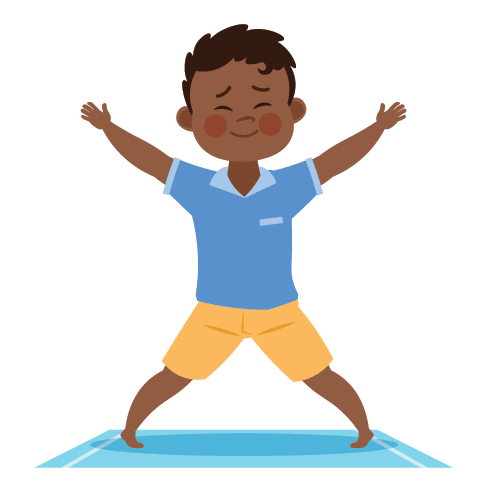
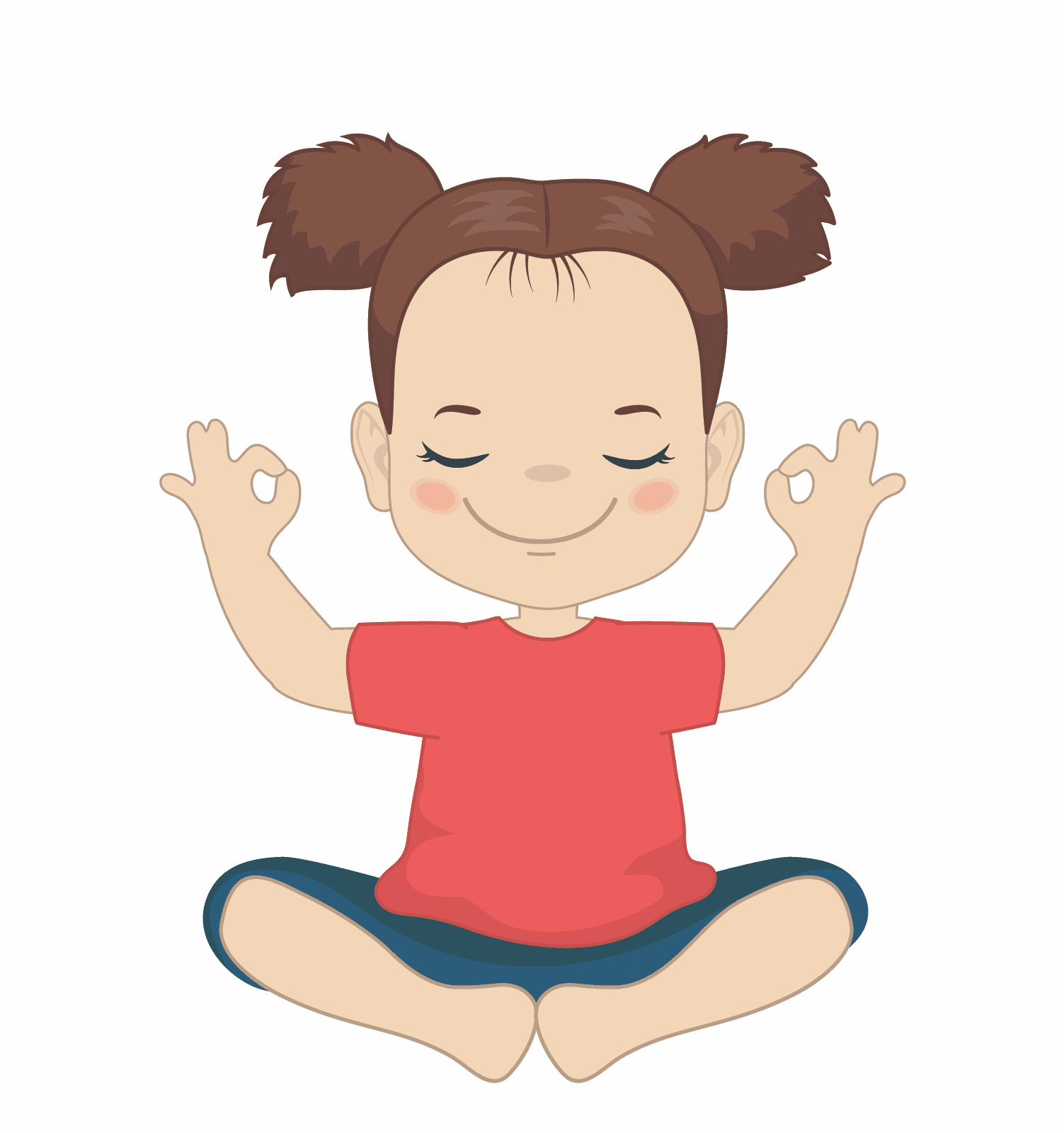
Measuring Mountains
Stand in mountain pose and measure how tall you are! Use inches, blocks, or something else to take the measurement. Find the average height of the whole class, or the mean, mode and median of the heights. Compare these numbers with the height of tadasana (extended mountain, or arms reaching up).
Angles and Lines
Measure the angles found in a variety of poses using protractors. Find obtuse, acute, and right angles. Find parallel lines, perpendicular lines, and intersecting lines. These poses all work well:
- Triangle pose
- Forward fold
- Seated forward fold
- Upward plank
- Reverse table top
- Warrior 1 and 2
- Warrior 3
- Boat pose
- Bridge pose (Setu Bandha Sarvangasana)
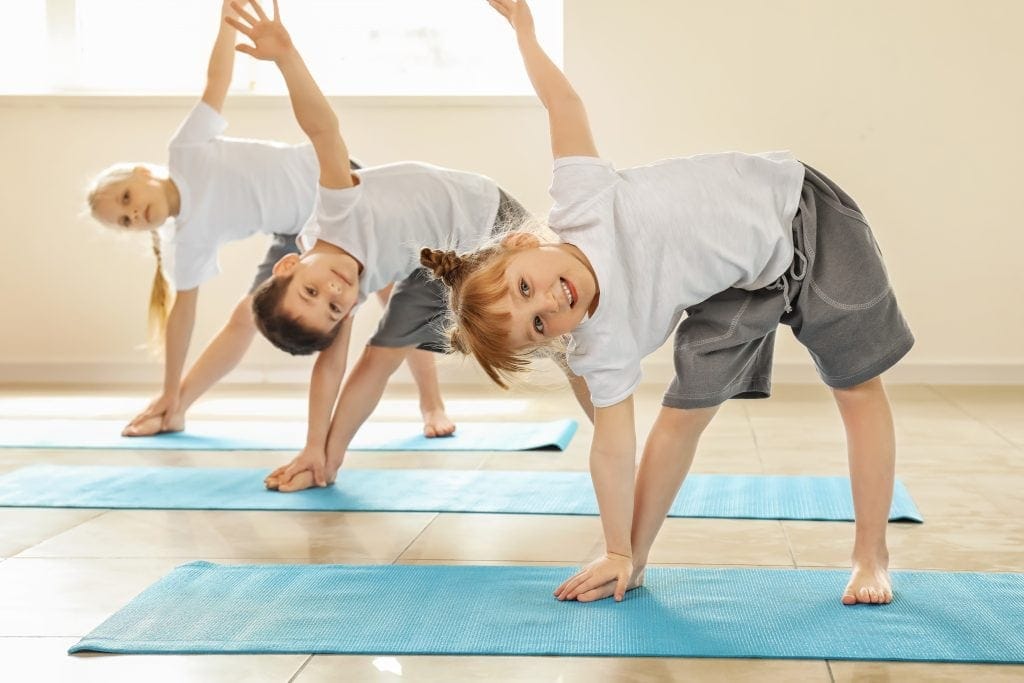
Balance Challenge
Choose a balance pose and take turns using a stop watch to record how long each person can balance. What is the average time that the class can balance? The median? The longest and shortest? This is a great one to do at the beginning of the year and come back to mid-year and the end of the year to see everyone’s progress. Growth mindset here is essential!
Fingers and Toes
This is a good game for younger kids, even toddlers! Each time you do a new pose, ask, how many hands are on the floor? How many fingers? How many feet on the floor? How many toes? You can make it trickier by only resting a couple fingers on the floor in certain poses (like triangle or forward fold).
Poses and Anatomy!
Yoga is a perfect way to learn about our muscles, bones, and general anatomy. My teen classes especially love learning about muscle groups and how the body works. Use these human anatomy: skeleton labeling worksheets along with some yoga pose cards to learn and talk about the bones in our bodies.
How many breaths?
Get into partners and start counting breaths. Make predictions for how many times you breathe in and out in one minute while sitting still, running in place, doing triangle pose, boat pose, etc. Based on the real answers, can you predict how many breaths you take per hour? Per day? Why do you take more breaths during some activities than others?
Aside from these math games and literacy based lessons above, I am always looking for other ways to bring in academics to my student’s yoga lessons. I frequently reference geography, topography, history, and social studies. I have included journaling lessons and some short story wiring lessons from time to time too.
My main goal is always to get them moving, and keep their self-esteem and growth mindset at the forefront of every lesson. But when I can add in more learning, I always do! I am a teacher at heart, after all.
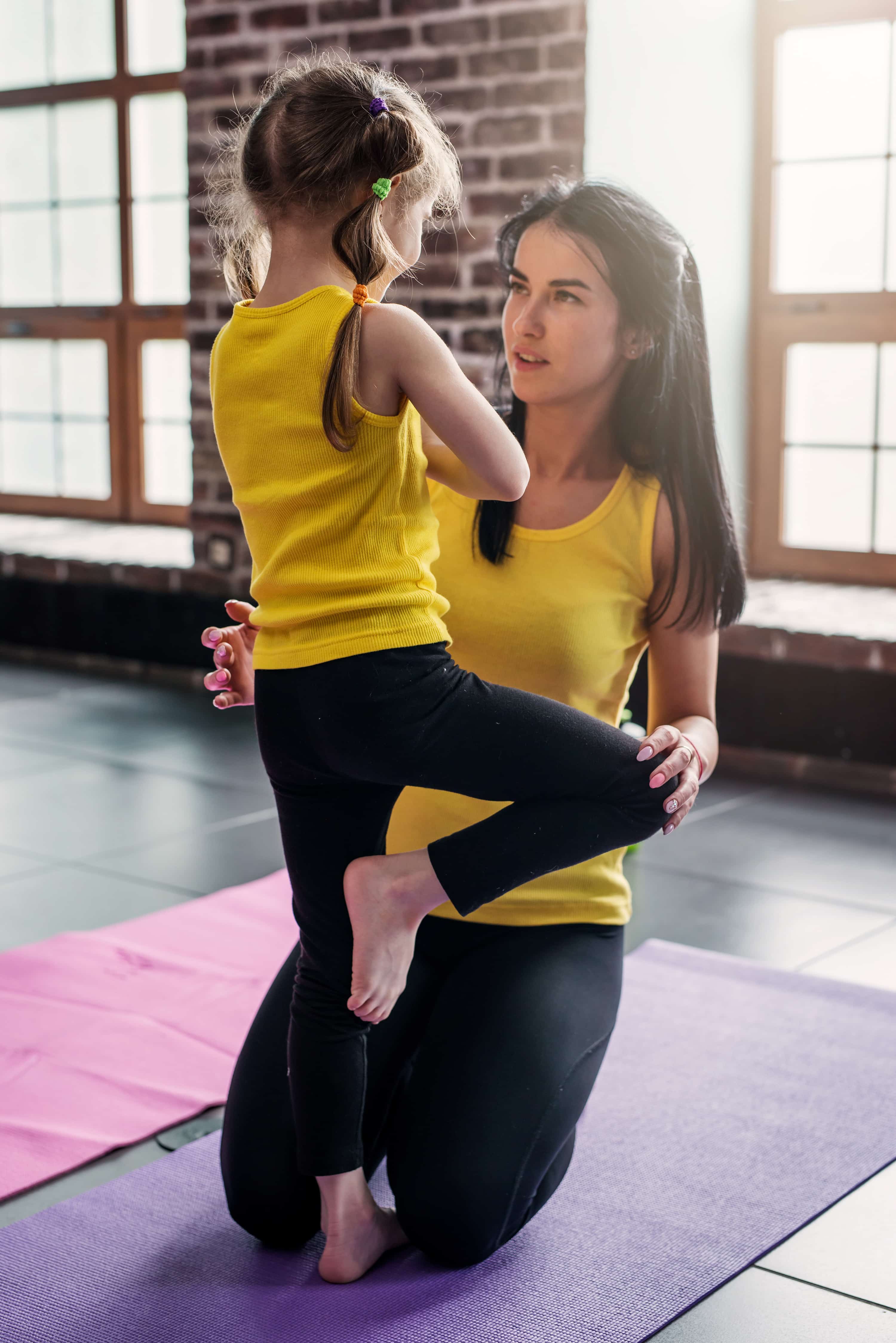
How do you bring yoga into your classroom, or academics into your yoga? I’d love to hear more thoughts and ideas!
Don’t forget to grab your kids yoga and mindfulness resources in my Free Resources Library 🙂
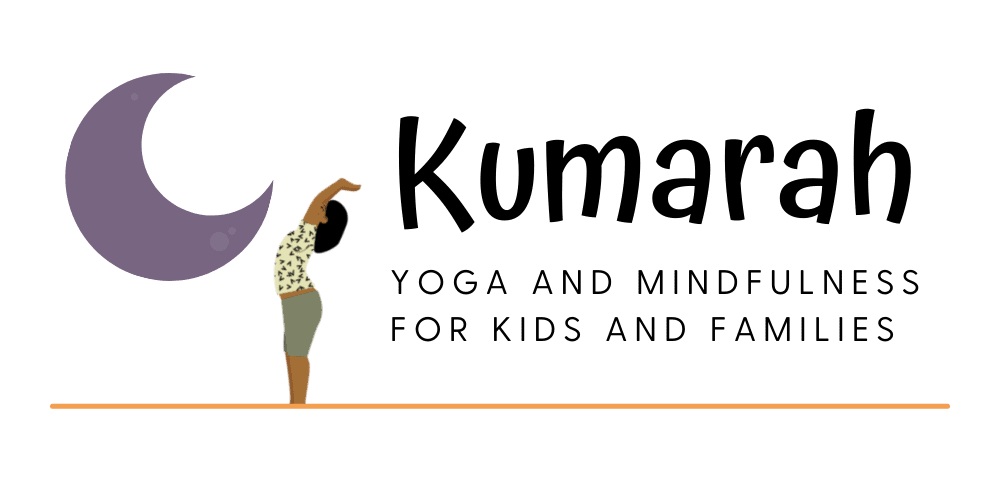

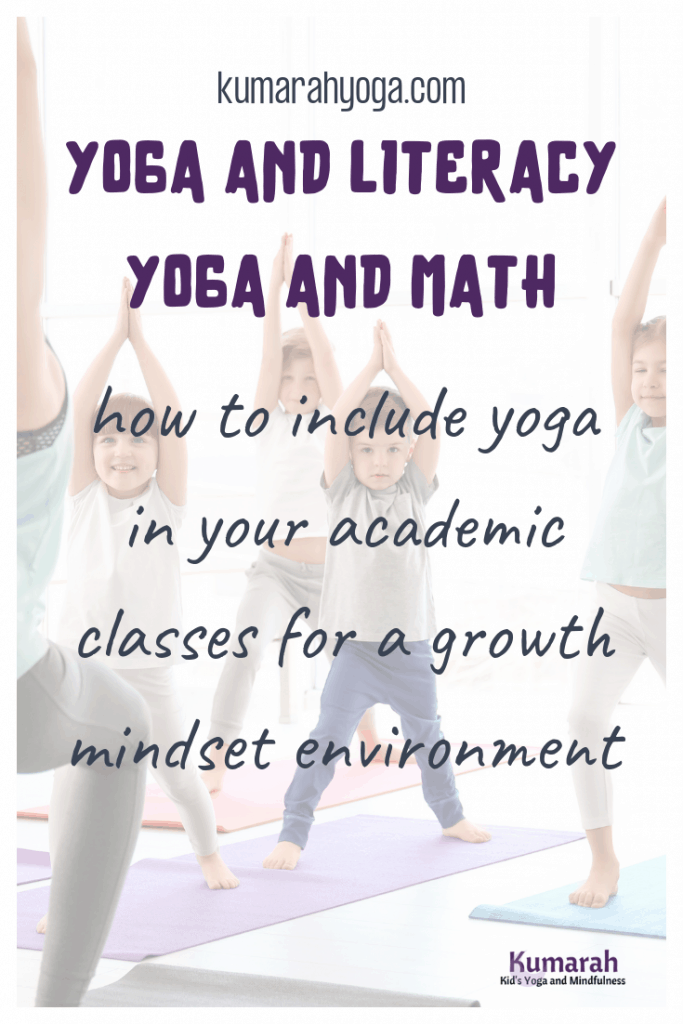
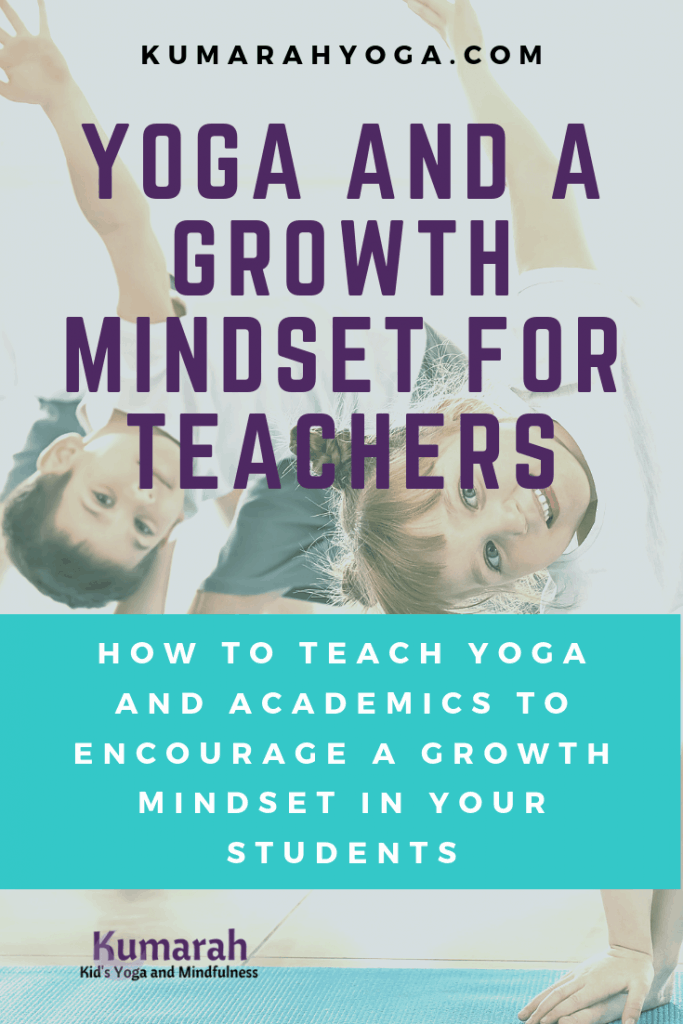

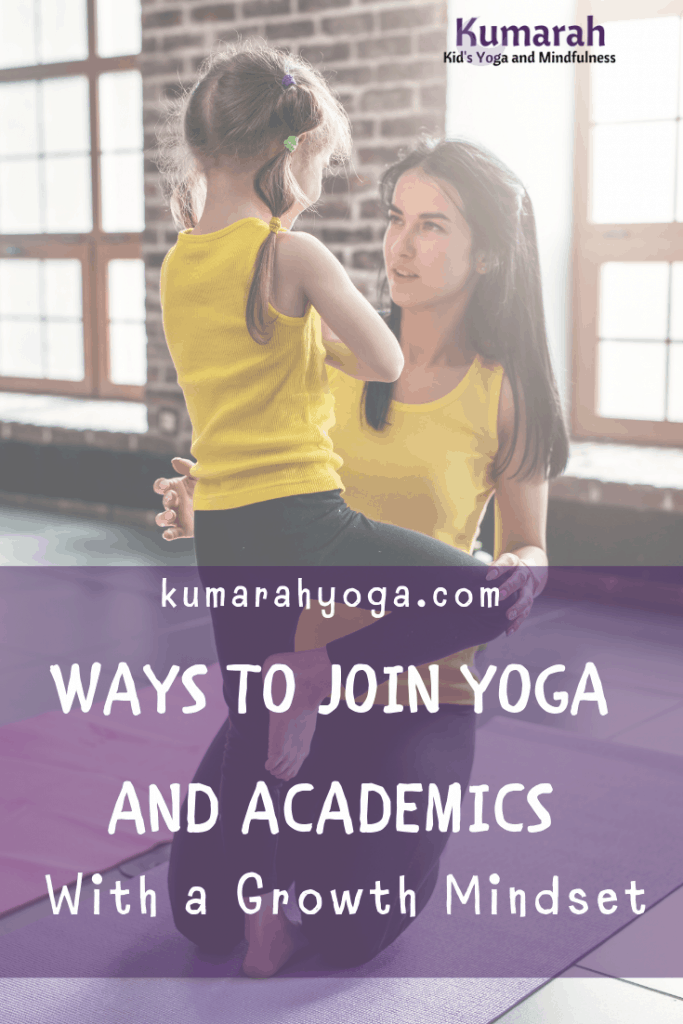
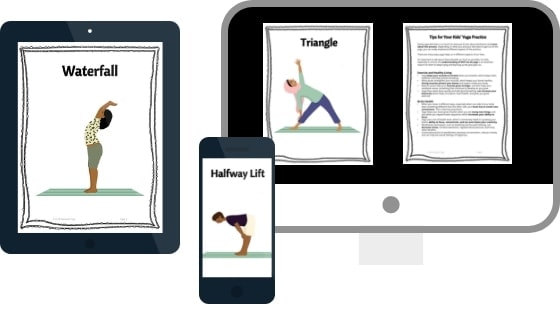
Thanks for your precious tips and books suggestions. I try to teach english and spanish through yoga and children love it but it’s really hard for them. I’m sure using few of your tips I can make it more enjoyable and easy for them.
Margherita,
I’m so glad the resources are helping you with your kids yoga teaching! English and Spanish together would be great, and I hope the tips help. Let me know if you need anything! 🙂
Best,
Maia
You have my brain buzzing with all the ideas I’m getting ready to incorporate into our upcoming homeschooling program. My son will be my only student but there are some great suggestions here I know he’ll be excited about, especially the balance challenge and math-related yoga positions. Thank you for such a detailed and encouraging post.
You are welcome, Jill! I’m so happy the yoga and academics will be motivating to your son 🙂 I hope you have fun, too!
Best,
Maia
Hey Maia!
I’ve been an elementary English teacher for the past 13 years. I’ve used basic yoga and breathing exercises at the beginning of my classes for several years. This year, my charter school in New Orleans has allowed me to implement my own yoga curriculum that will serve the whole school (Pre K-8). These kids are living very difficult lives and most have endured various amounts of trauma. I just wanted to thank you for sharing all of your wonderful ideas and expertise. I’m especially excited about incorporating literacy into my yoga classes. You’ve helped ease some of the anxieties of taking on this new venture. Thank you for your dedication to helping people big and small. The world needs it.
Thank you so much for your kind words, Peter. I’m sorry I missed this before, but I’m so happy to hear that you are adding yoga into the school curriculum, that is huge! I hope the program is going well, don’t hesitate to reach out for ideas or just someone to talk to about all that, it’s quite an undertaking and having a support system is key 🙂 Let me know how it’s going and hope you are well <3
Love all the information in the Mindfulness Training to help with the many populations. Very excited to use the lesson plan for The Great Kapok Tree this should be fun. Highly recommended the Mindfulness Training. Thank you